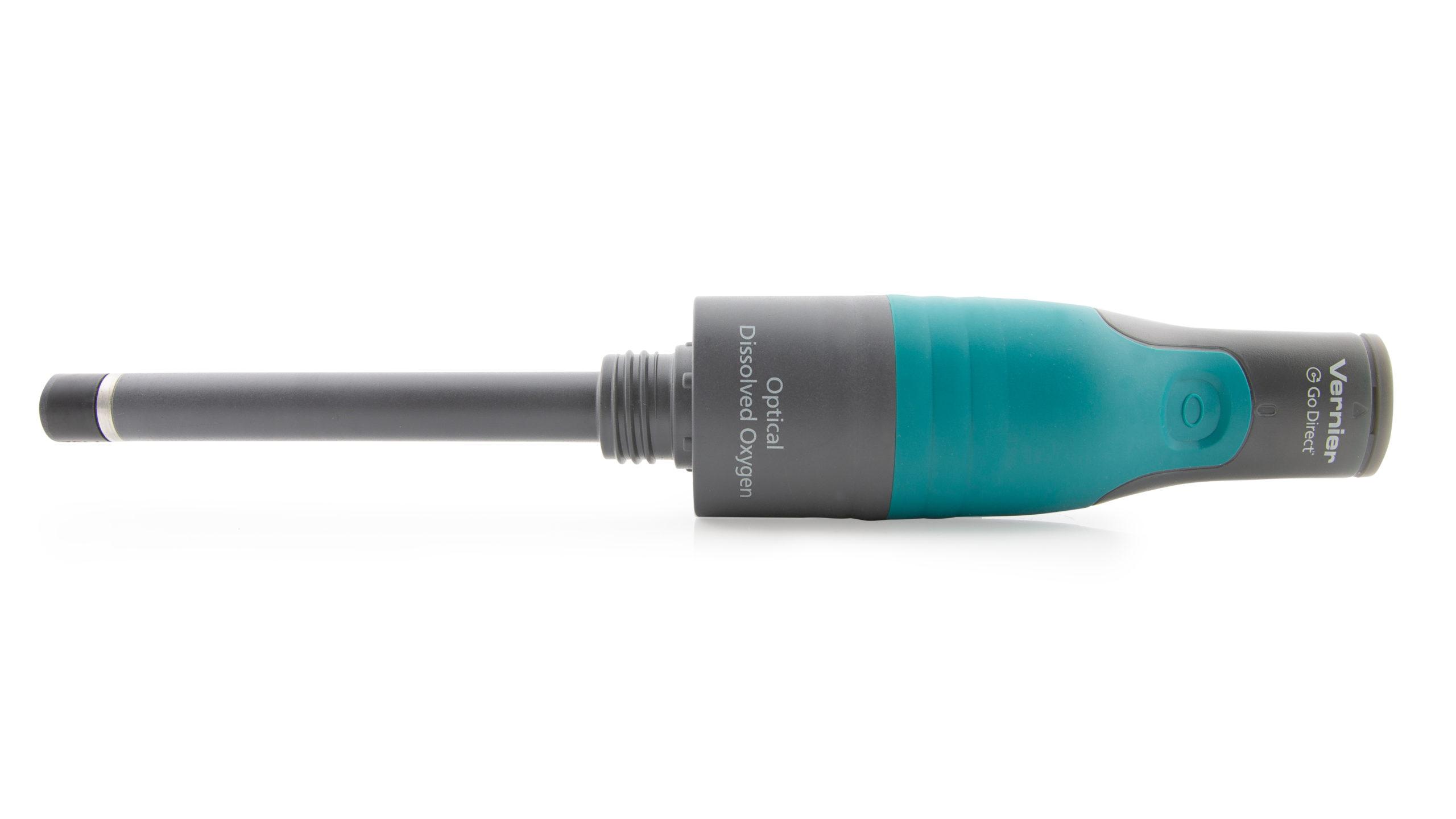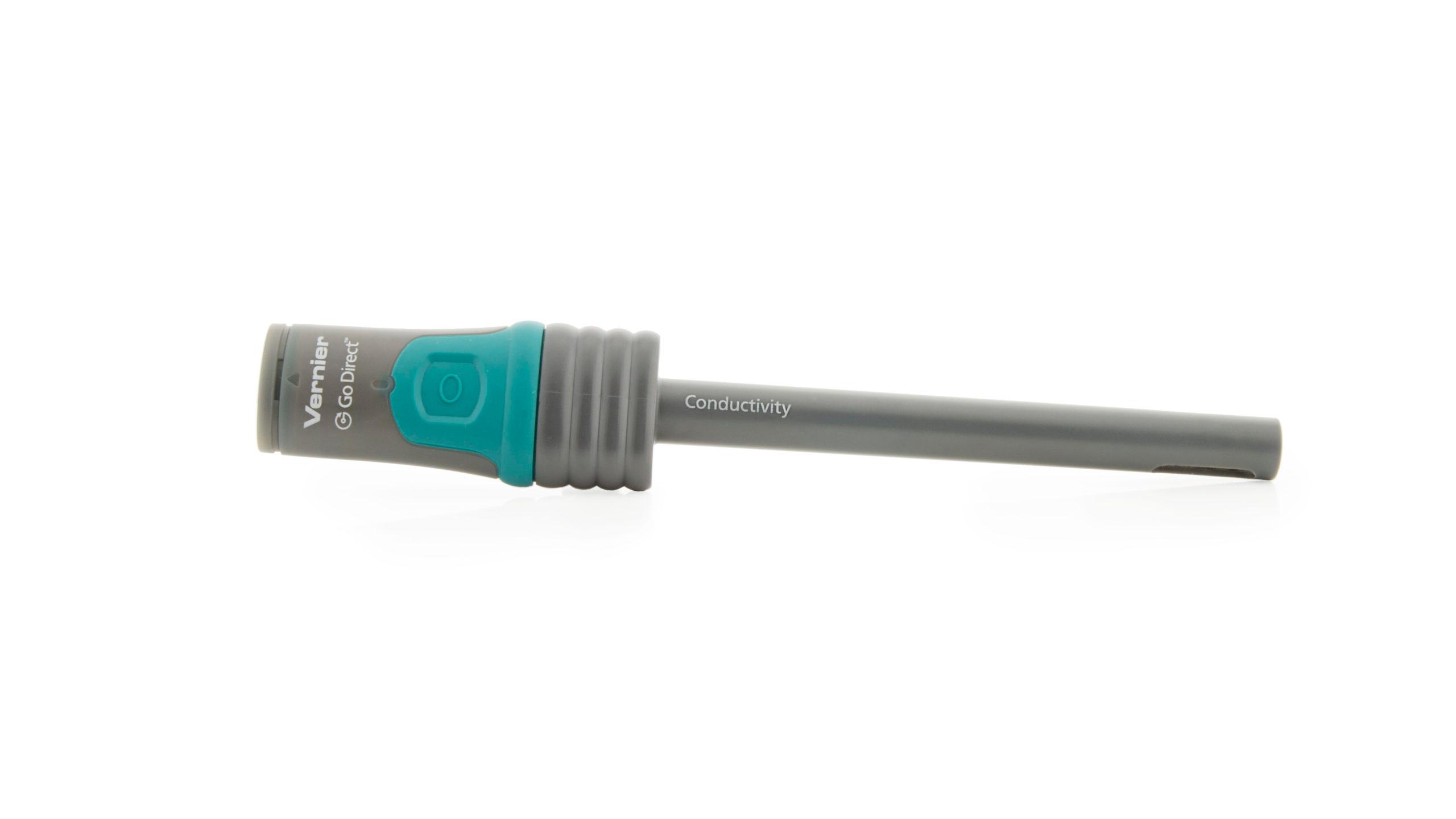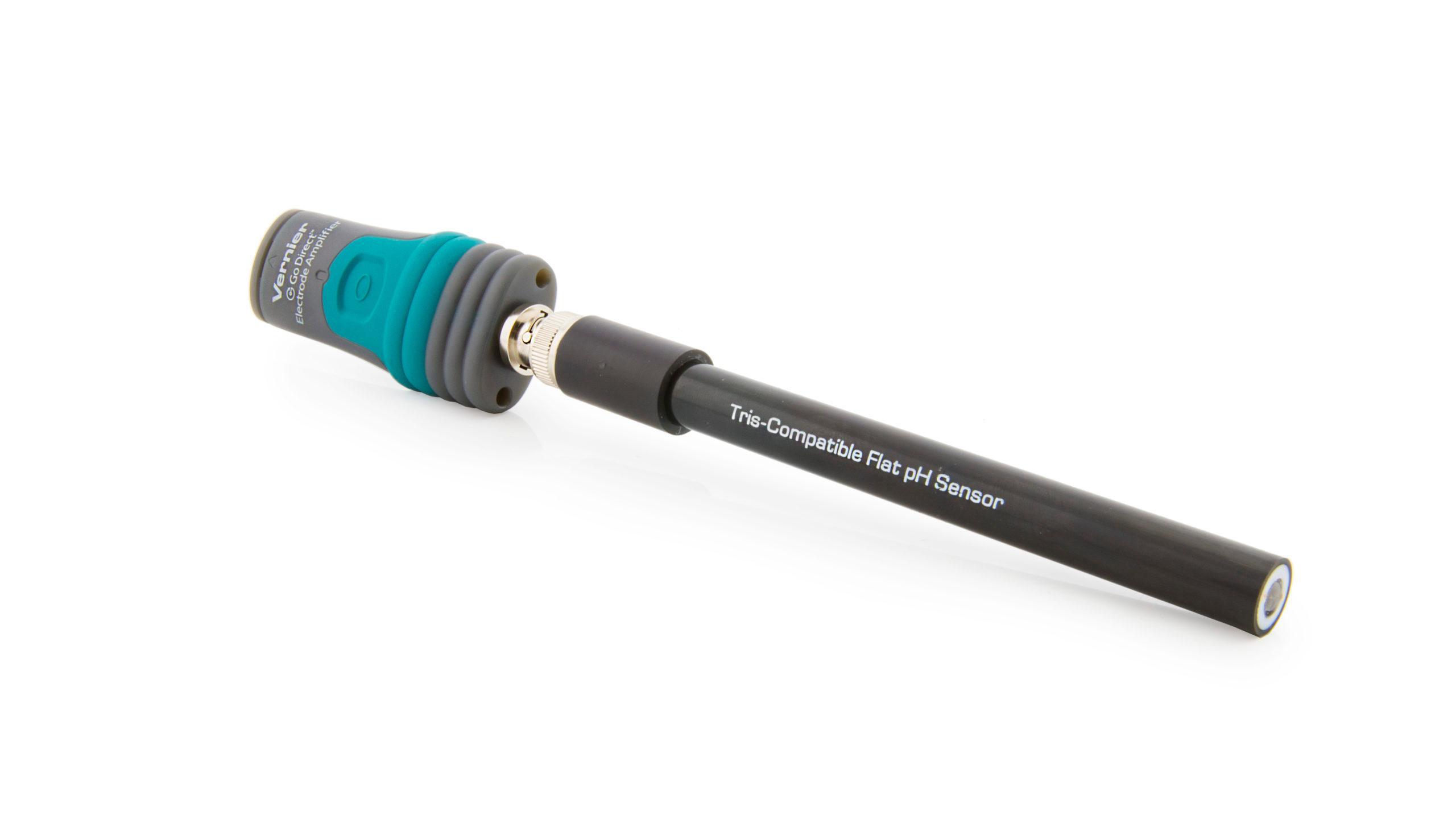Introduction
There are many reasons for determining water quality. You may want to compare the water quality upstream and downstream to locate a possible source of pollutants along a river or stream. Another reason may be to track the water quality of a watershed over time by making measurements periodically. When comparing the quality of a watershed at different times, it is important that measurements be taken from the same location and at the same time of day.
In 1970, the National Sanitation Foundation, in cooperation with 142 state and local environmental specialists and educators, devised a standard index for measuring water quality. This index, known as the Water Quality Index, or WQI, consists of nine tests to determine water quality. These nine tests are; temperature, pH, turbidity, total solids, dissolved oxygen, biochemical oxygen demand, phosphates, nitrate, and fecal coliform. A graph for each of the nine tests indicates the water quality value (or Q-value) corresponding to the data obtained. Once the Q-value for a test has been determined, it is multiplied by a weighting factor. Each of the tests is weighted based on its relative importance to a stream’s overall quality. The resulting values for all nine tests are totaled and used to gauge the stream’s health (excellent, good, medium, poor, or very poor).
While the WQI can be a useful tool, it is best used in light of historical data. Not all streams are the same, and without historical data it is difficult to determine if a stream is truly at risk. For example, a stream may earn a very low WQI value and appear to be in poor health. By looking at historical data, however, you may find that samples were collected just after a heavy rain with an overflow from the local city sewer system and do not accurately reflect the stream’s health.
For the purpose of this exercise, you will perform only four of the WQI tests: water temperature, dissolved oxygen, pH, and total dissolved solids. A modified version of the WQI for these four tests will allow you to determine the general quality of the stream or lake you are sampling.
Objectives
- Use an optical dissolved oxygen (DO) probe, conductivity probe, and a pH sensor to make on-site measurements.
- Calculate the water quality based on your findings.
Sensors and Equipment
This experiment features the following sensors and equipment. Additional equipment may be required.
Ready to Experiment?
Ask an Expert
Get answers to your questions about how to teach this experiment with our support team.
- Call toll-free: 888-837-6437
- Chat with Us
- Email support@vernier.com
Purchase the Lab Book
This experiment is #27 of Agricultural Science with Vernier. The experiment in the book includes student instructions as well as instructor information for set up, helpful hints, and sample graphs and data.




